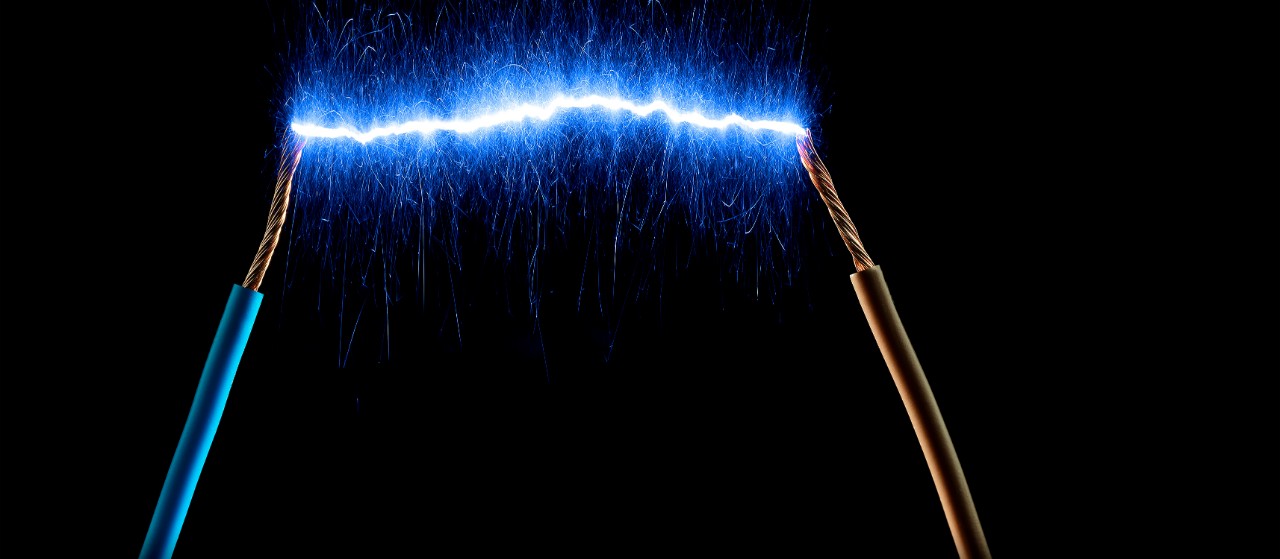
Empowering the future
2 MAY 2017
The pace of development for electrified heavy vehicles, such as wirelessly charged city buses, tractor units with hybrid electric powertrains and electrically powered trucks running on electric roads, is intense. And interest in these sustainable transport solutions is gaining speed every day.
When Ann-Christin Landman reaches Karlstad city limits in south-west Sweden with her Scania P 320 tractor, she pushes a button. This changes the source of the truck’s power from Hydrotreated Vegetable Oil (HVO) to battery power. She makes the final leg of the journey to the city centre coffee roastery using electricity.
“At first I thought there was something that was wrong,” she says. “It is unusual; the truck is completely silent.”
Landman carries out daily deliveries for the Swedish coffee roaster Löfbergs, whose commitment to sustainability extends over the entire value chain – from coffee beans to coffee cup; from the farm to the end-consumer. That’s why Löfbergs has now put its first Scania hybrid tractor unit into operation. The hybrid truck can make a total of 15 daily round trips between the roastery plant and the warehouse in the suburb of Välsviken.
Massive interest in electrification
This is just one of many examples of the massive interest in electrification and the impact that the technology is starting to have on the transport industry. An interest that is heightened as costs for batteries and other related equipment continues to decline and global standards for common infrastructure, such as charging stations, take shape.
“There is a big shift right now,” says Urban Löfvenberg, Sales Manager within Scania Sustainable Solutions. “In major bus tenders in Europe today, municipalities nearly always ask for different kinds of electrified solutions. The largest interest is in fully electric buses.”
Useful in city centre traffic
Löfvenberg says that battery-powered electric buses are particularly useful in city centre traffic, but adds that in a typical urban area these journeys only account for about 20 percent of the total.
“For most journeys, to and from city centres, which account for about 80 percent of the total traffic in urban regions, hybrid electric solutions are more suitable, especially if biofuels are used,” Löfvenberg says. “These longer trips are ideal for recovering energy from braking, which means that up to 20–25 percent of fuel can be saved.”
Zero carbon footprint
Nils-Gunnar Vågstedt is responsible for Scania’s research into electrification. He also sees a tremendous momentum for electrified solutions and its environmental benefits, including the zero carbon footprint, quieter vehicles and zero particle emissions.
“A lot has happened just during the last year and a half,” Vågstedt says. “We have gone from treating electrification primarily as a research area to having many discussions with customers who want to make the shift to sustainable transport.”
Electrified solutions becoming financially viable
Today, the driving forces for electrification come mainly from cities and city regions and the fact that electrified solutions are beginning to become financially viable in their own right, without subsidies. China is the front-runner. The country accounts for over 95 percent of the world’s electric city buses, a total of some 100,000 in rolling stock so far.
“In urban traffic, both for city buses and to an increasing extent for distribution vehicles, the commercial driving forces are already in place,” says Vågstedt. “An electrified vehicle still has a higher initial investment cost, but it has the long-term benefit of lower operating costs.
“The development for electrified long-haul transports are lagging a few years behind, but I am convinced that the same sustainable trend will occur here, and that we will see the same commercial driving forces,” Vågstedt adds.
Broad approach to sustainable technologies
Scania’s philosophy is to have a broad approach when it comes to research into sustainable technologies, rather than putting all its eggs into one basket. That’s why the company continues its research into hybrid technology, plug-in hybrids, fully electric vehicles and different kinds of biofuel.
“We want to address concrete customer needs instead of convincing them of a particular solution. In cities where access to biogas for use in buses is good, biogas is a suitable solution. Another city might produce electricity from its biogas – then electric vehicles are a good solution there.”
“And,” Vågstedt adds, “in places where hydrogen gas derived from solar or wind power can be produced, fuel cells make suitable energy transmitters to electric vehicles.